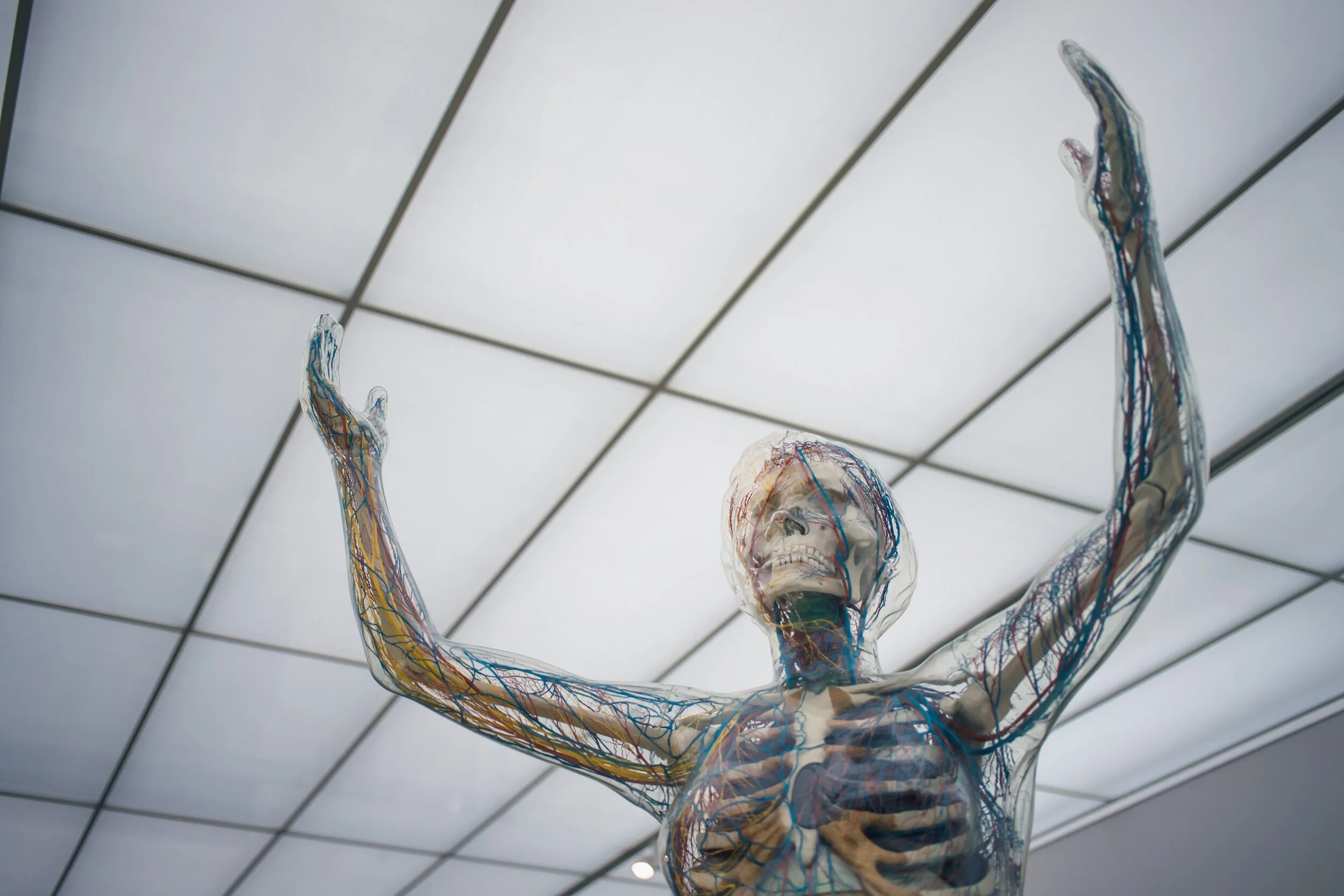In a previous BRAIN SNACK, I offered insights on hacking into the nervous system where arousing your sensation of touch could improve movement quality. That was just “touching” the surface. There’s more to mention about that topic, so in this digestible post I’d like to share other nervous system hack that could help transform any motor moron into a Dancing With The Stars phenom (… well …. almost).
So before we dive into this hack, let’s quickly break it down again and reiterate what happens as our bodies attempt to move:
Body Gathers Info from Surrounding Environment —> Ships & Delivers Info to Brain —> Brain Interprets, Packages, & Sends Out Directions the Body Will Execute
“Body Gathers Info” is what your body senses whether it’s sound, smell, taste, sight, feel
This sensory input (aka. information gathered from your body) is shipped to the brain where it’s dissected, digested, interpreted, and packaged
This package is sent back out to the body as guidance - direction on what movements to execute. Basically, the body is expressing the sensory information as movement.
Simply put:
Input —> Process —> Output
Here’s the pearl:
Better quality information going in = better quality movement coming out
Or in clinical terminology:
Our sensory system drives the motor system
Being Performance Clinicians, this all boils down to hacking into sensory input. If we can somehow find a way to enhance and make our athletes, patients, and clients more aware of their internal and external environments, the better the potential outcome. Boosting up the sensorial experience can equate to energy conservation and more precise executed movements.
So how can we improve their sensorial experience?
Simple. Target these big sensory players:
Skin
Fascia
Joints
THE SKIN
As alluded to earlier in the previous post, our hands and feet are packed with sensory receptors (aka. information gatherers). Being more present with what is being felt through the skin of the feet and hands (and everything else for that matter) will help drive more quality information into the processor (aka. brain). If the brain receives an abundant amount of quality information, it can make the best estimations of what directions are needed to move well in the environment.
Below is an illustration of the body’s distribution of sensory receptors - the larger the body part, the larger the density of sensory receptors present. Our hands and feet are two areas on our bodies that are super receptive to touch. These body parts were made to gather sensory information for the brain to feed on.
Sensory Homunculus: Represents Sensory Distribution within the Body
THE FASCIA
Another tip is to influence the fascial tissues. Research is indicating that these once neglected tissues are actually bombarded with mechanoreceptors - tissues that provide afferent information that can be digested and processed by the nervous system. This tissue, which is interwoven throughout the whole body, is like one big gatherer collecting information. Fascia is on an endless hunt communicating with the nervous system to determine how the body should react and respond.
Below is a representation of fascial connections, or Anatomy Trains as described by Thomas Myers. These fascial-based information gatherers work diligently as the body moves constantly throughout the day accepting various loads and pressures from the surrounding environment.
Fascial Lines: Connective Tissues Throughout the Body
THE JOINTS
The third avenue to improve sensorial experience is through the joints. Joints are enriched with mechanoreceptors just like the fascial tissues described earlier. These joint-based information gatherers collect input from load and pressure at the joints and delivers it to the brain to digest and interpret. An open communication is necessary between the joints and the brain for quality movement to exist.
In fact, this open communication is so important that an educational group, Functional Range Systems, coined the term Controlled Articular Rotations (CARs). CARs was derived with an understanding that joints are enriched with mechanoreceptors, and aimed at maintaining and improving joint health. Similar to the byproducts of an adjustment or joint mobilization, creating and establishing healthier joints make the joints more receptive at gathering sensory information.
Check out the video examples of CARs that I share with patients as they maintain healthy joints, and keep an open communication between the joints and brain.
So there you have it: some of the big players when it comes to hacking into the nervous system. Intentionally bringing conscious awareness to the skin, fascia, and joints will help create better quality communication between the brain and the body. It’s super important to keep in mind that the brain can only make a good decision based on what it knows…
Change your mindset … Change your perspective … life is much better when you have an outlook that creates opportunity.
Thanks for being curious and taking the time to read this! Hope it added value to your life and equips you to become better than you were yesterday!
Dr. Joe Jaime, DC, DACBSP®, ATC, CSCS®, FRC®ms, CES





